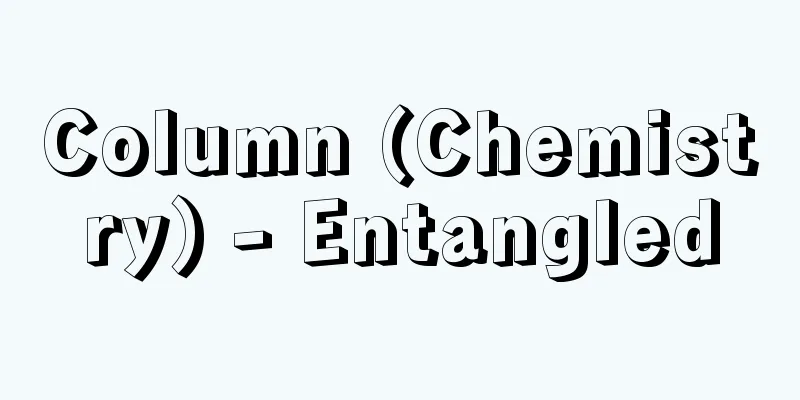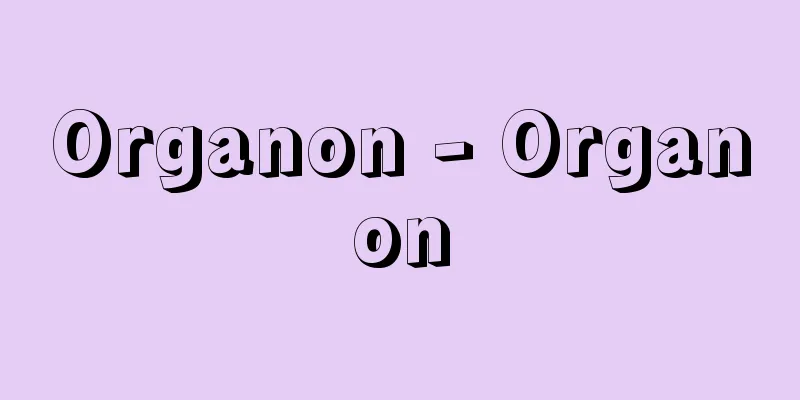Cerebral edema - noufushu

|
It is a condition in which fluid accumulates abnormally in the extracellular space (tissue space) around brain cells and cerebral blood vessels. An increase in brain cells or in the cerebral vascular bed (the area of the brain occupied by blood vessels) is called cerebral swelling, but it is difficult to strictly distinguish between cerebral edema and cerebral swelling under an electron microscope. Based on the mechanism of development, it can be divided into three types based on the research of Klatzo, Fischman, and others. (1) Vasogenic edema: This occurs when the blood-brain barrier, which is made up of endothelial cells of capillaries and adjacent stellate cells, breaks down, causing increased permeability, resulting in leakage and accumulation of plasma components into the extracellular space. This mainly occurs in the white matter. It is often caused by space-occupying lesions such as cerebral contusion, hemorrhage, abscess, and tumor. (2) Cytotoxic edema: This is caused by an increase in the fluid components in vascular endothelial cells, glial cells, and nerve cells. It is caused by hypoxia, poisoning, metabolic disorders, etc., and is said to not involve damage to the blood-brain barrier. However, in reality, some types of edema develop over time from vasogenic edema. It can occur in both white and gray matter. (3) Interstitial edema (hydrocephalic edema): This is seen in hydrocephalus, in which fluid in the ventricles penetrates into the surrounding brain tissue through the ependyma. In contrast, the occurrence of acute brain swelling is considered to be due to an increase in the vascular bed caused by cerebral vasoplegia. The possible background factors include a decrease in vascular tone due to anoxia or hypercapnia , damage to the center controlling cerebral vascular tone (the hypothalamus), and a decrease in vascular tone due to acidosis. Cerebral edema occurs due to various diseases such as cerebral contusion, brain tumor, cerebral hemorrhage, meningitis, and anoxia, but since an increase in brain volume increases intracranial pressure and causes cerebral herniation, which can lead to death, its prevention and treatment are the most important issues in central nervous system diseases. Treatment includes removal of the cause, hyperventilation therapy, dehydration therapy, steroid therapy, blood circulation improvement therapy, surgery, as well as hyperbaric oxygen therapy, barbiturate therapy, and hypothermia. [Mizuo Kagawa] Source: Shogakukan Encyclopedia Nipponica About Encyclopedia Nipponica Information | Legend |
|
脳細胞周囲や脳血管周囲などの細胞外腔(がいくう)(組織間隙(かんげき))に水分が異常に貯留した状態をいう。脳細胞内や脳血管床(脳内の血管が占める部分)の増大は脳腫脹(のうしゅちょう)とよばれるが、電子顕微鏡的には脳浮腫と脳腫脹を厳密に区別することは困難である。発生機序としては、クラッツォKlatzo、フィシュマンFischman、その他の研究により3型に分けることができる。 (1)血管原性浮腫(vasogenic edema)毛細血管の内皮細胞と隣接する星細胞がつくる血液脳関門の破綻(はたん)による透過性の亢進(こうしん)により、血漿(けっしょう)成分が細胞外腔に漏出貯留する。おもに、白質に生じる。原因としては脳挫傷(ざしょう)、出血、膿瘍(のうよう)、腫瘍(しゅよう)など占拠性病変に伴うことが多い。 (2)細胞毒性浮腫(cytotoxic edema)血管内皮細胞、グリア細胞、神経細胞内の液体成分が増加することによって生ずるもので、原因は低酸素症、中毒、代謝障害などで、血液・脳関門の障害はないとされている。しかし、実際には血管原性浮腫から時間の経過によって移行してくるものもある。白質、灰白質いずれにもおこる。 (3)周囲組織内浮腫(interstitial edema)(hydrocephalic edema)水頭症の際にみられるもので、脳室内の水分が脳室上衣を介して周囲脳組織に浸透するもの。 これに対し、急性脳腫脹の発生は、脳血管麻痺(まひ)による血管床の増大が重視されている。その背景としては、乏酸素状態(anoxia)や高CO2状態(hypercapnea)による血管トーヌス低下、脳血管緊張支配中枢(視床下部)の障害、アシドーシスによる血管緊張低下などが考えられる。 脳浮腫は脳挫傷、脳腫瘍、脳出血、髄膜炎、無酸素症など種々の疾患で生ずるが、脳容積の増大は頭蓋(とうがい)内圧を亢進させて脳ヘルニアを引き起こし死を招くため、その予防と治療は中枢神経系疾患における最重要課題である。治療は、原因となるものの除去をはじめ、過換気療法、脱水療法、ステロイド療法、血行改善療法、外科療法のほか、高圧酸素療法やバルビツレート療法、低体温法などが行われる。 [加川瑞夫] 出典 小学館 日本大百科全書(ニッポニカ)日本大百科全書(ニッポニカ)について 情報 | 凡例 |
<<: Farmer's disease - Noufushou
>>: Nohi Rhyolites - Nohi Rhyolites
Recommend
Cat's-eye plant - Cat's-eye plant
A perennial plant of the Saxifragaceae family (AP...
Junshu - Junshu
A rich, cloudy sake. Also, a pure sake. Source: Ab...
Scatophagidae
...A general term for insects belonging to the fa...
Yeosu - Yeosu
A port city at the tip of the Yeosu Peninsula, on ...
Gros-Guillaume (English spelling)
...The latter produced Pierre de Larivey's (c...
Ariès, P. (English notation) AriesP
...Recently, there have been frequent attempts to...
Ekishi - Ekishi
...This was a major conspiracy that was called th...
International telephone call - kokusai denwa (English)
A telephone call made to a foreign country via an...
Collinder, B.
...Others have pointed out its connection with th...
Megaselia spiracularis
...This is called the coffin fly, Conicera tibial...
Sadasuke Fujita
A mathematician in the mid-Edo period. Also writt...
Hokusei [town] - Hokusei
An old town in Inabe County, located in northern M...
Wylie, A.
…The Jesuit Matteo Ricci (Chinese name: Limadou) ...
Mexican beaded lizard
...It is oviparous, laying about 6 to 12 eggs at ...
Aylesberry [seed] - Aylesberry
...Famous meat breeds include the Pekin (original...









